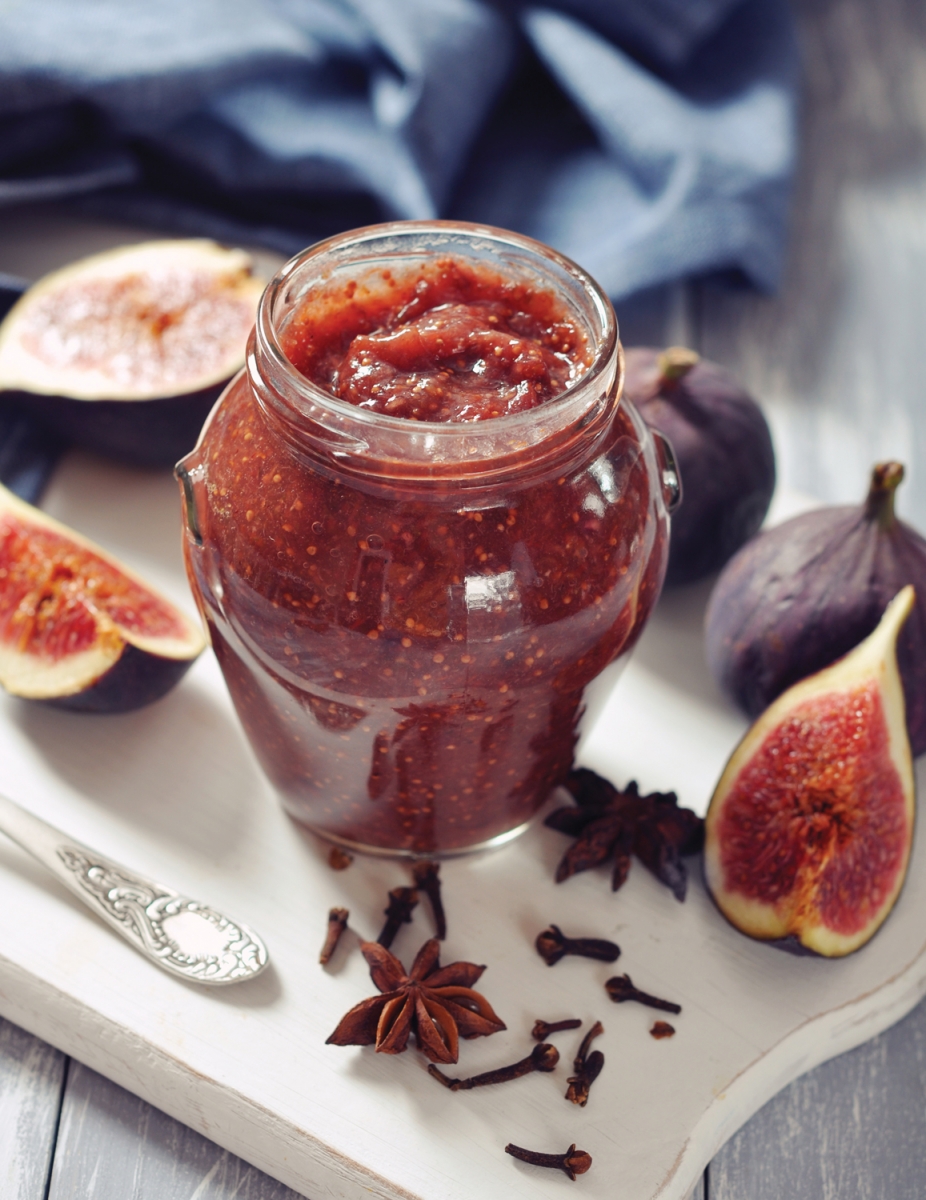When Carol Cooper, chief cook at Fruits of Sherbrooke, went to Hong Kong to visit a friend, she thought it would be nice to share some of the tricks of her trade. But her friend wasn’t interested in making jams – the climate in Hong Kong is mild enough to grow fresh fruit all year long. Preserving summer’s bounty in a spreadable form just makes sense for us as Canadians. “It was something I never thought about,” she says, “but it’s part of our national identity.”
Chalk it up to the high price of fresh fruit or a predilection for comfort food, but the fact is our diets often suffer during the winter months. Preserves are delicious and wallet-friendly ways to inject some vitamins and minerals back into your meals, provided you had the foresight to build a stash before the snow fell. And if not, our farmers’ markets are full of vendors with offerings far more sophisticated than Smucker’s.
Improbable combinations
When most people think of fruit preserves, their minds probably go to raspberry jam on toast. However, the uses for a quality jam are limited only by your imagination: Cooper suggests adding jam to recipes for salads, stirfries or ice cream, or for a meat glaze. She teaches a course on jam-making and encourages students to really experiment with their creations. As with a scientist splicing DNA molecules, the possibilities are endless. Choco-cherry jelly? Sure. Chipotle rhubarb ketchup? You’re the boss. You can even find recipes online for pineapple ghost chili sauce, but be careful – those peppers pack a punch.
A match made carefully
With great flavour comes great responsibility. If that sounds daunting, Phan Au, executive chef at Cured Wine Bar, can help. When you order charcuterie at Cured, the meats and cheeses are your call. But the condiments are made in-house and selected by Au. “Usually it’s one sweet, one spicy and one sharp,” he says.
Preserves can be used to balance or accentuate other flavours: A sweet blackberry compote pairs well with rich brie, and amaretto-orange marmalade tames a salty duck breast.
